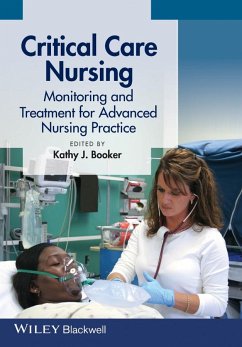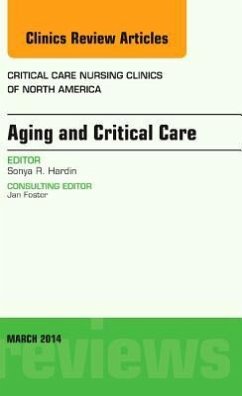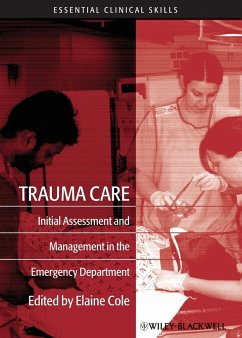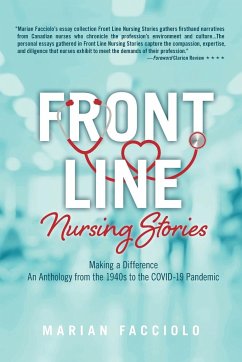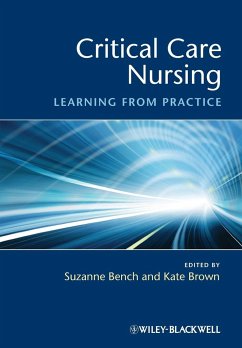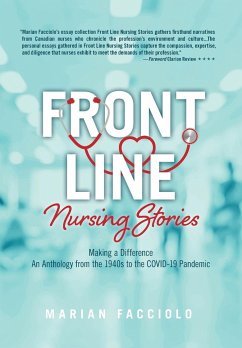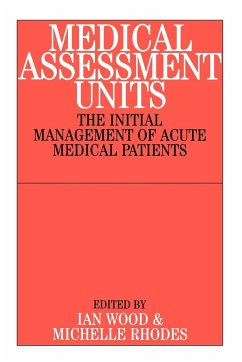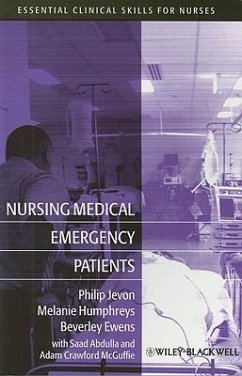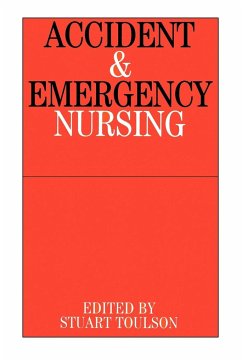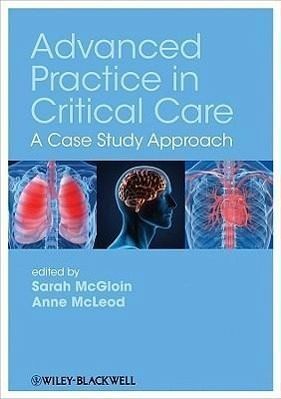
Advanced Practice in Critical Care
A Case Study Approach
Herausgeber: Mcgloin, Sarah; Mcleod, Anne

PAYBACK Punkte
30 °P sammeln!
Advanced Practice in Critical Care provides experienced critical care nurses with a clear and distinct evidence base for contemporary critical care practice. Central to the book is the application of research and evidence to practice and, therefore, case studies and key critical care clinical situations are used throughout the book. This key new book provides in-depth rationales for contemporary critical care practice in an effort to increase the depth of knowledge of nurses who care for the critically ill patient, so that they can truly evaluate their care interventions in view of underlying ...
Advanced Practice in Critical Care provides experienced critical care nurses with a clear and distinct evidence base for contemporary critical care practice. Central to the book is the application of research and evidence to practice and, therefore, case studies and key critical care clinical situations are used throughout the book. This key new book provides in-depth rationales for contemporary critical care practice in an effort to increase the depth of knowledge of nurses who care for the critically ill patient, so that they can truly evaluate their care interventions in view of underlying pathophysiology and evidence. Each chapter introduces a patient scenario, which is developed and explored throughout the course of the chapter. Advanced assessment techniques are explained and the underlying pathophysiology is discussed in depth. Advanced Practice in Critical Care is an essential resource for experienced practitioners within critical care whom primarily care for patients requiring high dependency or intensive care.



